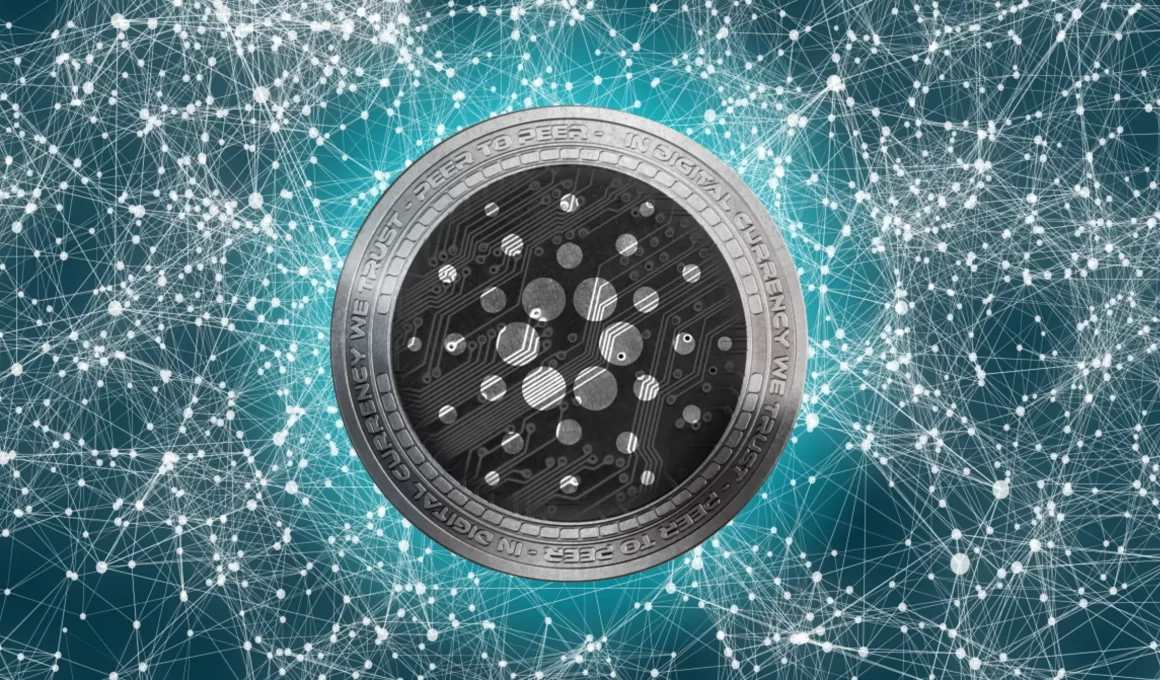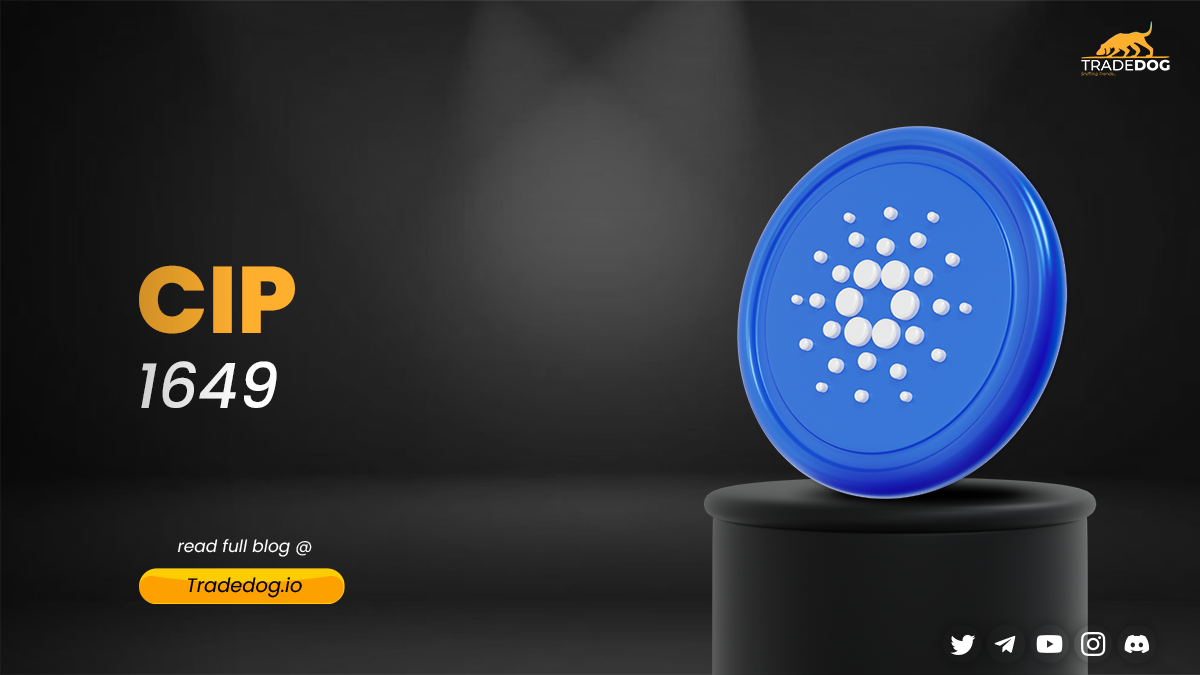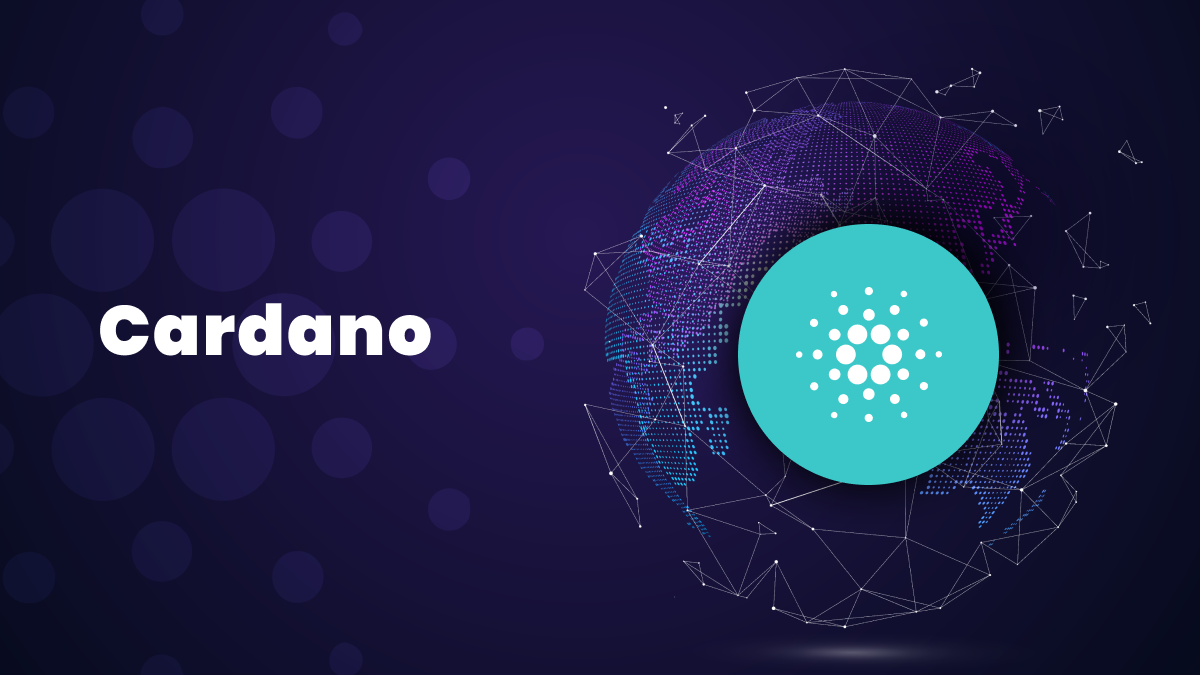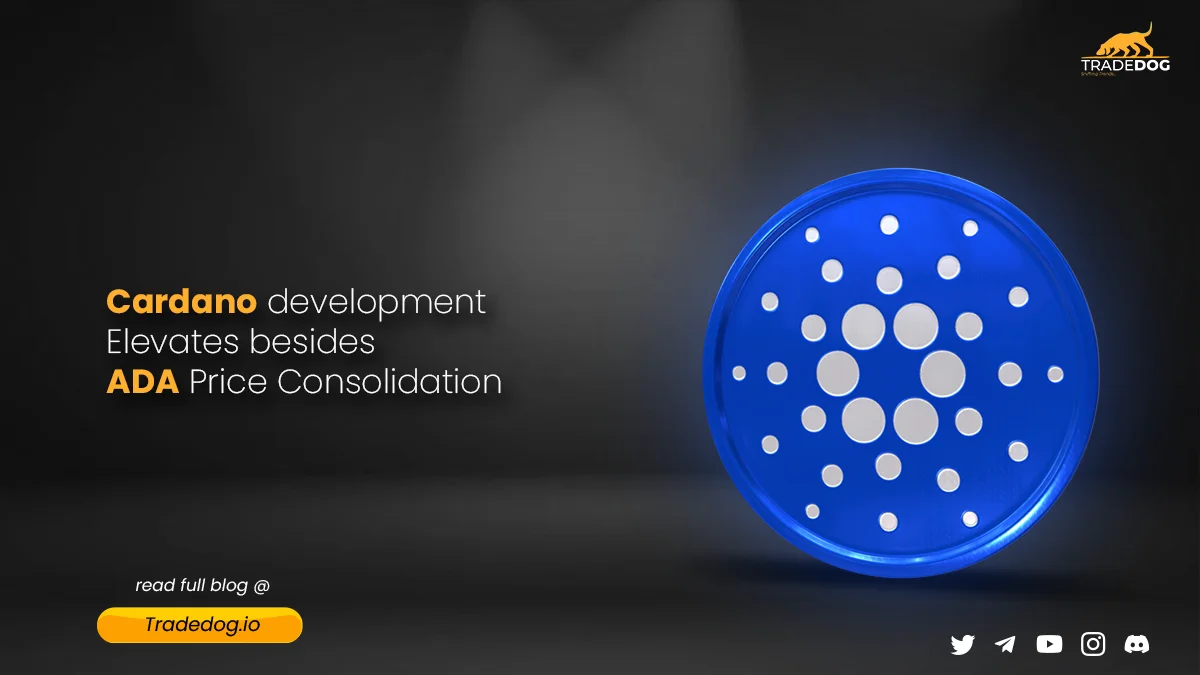Cardano is a decentralized blockchain platform that aims to be a Dapp development platform with a multi-asset ledger and verifiable smart contracts. It has launched three successful upgrades to date i.e Byron, the foundation of Cardano, Shelly, which was the period of growth and development for the network, and Goguen, which was the phase of integration of smart contracts with the Cardano network. The developers are currently working on the second last upgrade Basho, which aims to improve the scalability and interoperability of the network. This article will focus on the recent announcement related to the Vasil upgrade of Cardano.
What is Vasil Hard Fork?
The Vasil name has been named after Vasil Dabov who was a mathematician and Cardano ambassador, who recently passed away.
Vasil hardfork is part of Cardano entering the Basho era, one of the key phases of the platform development roadmap, focusing on network optimization, scaling, and growth. In addition, Vasil Cardano introduces a number of enhancements that aim to optimize network performance and increase the network’s ability to handle the increasing number of users that access it. The use of networks has increased since the implementation of smart contracts and the introduction of coins, NFTs, and dApps to Cardano.
The Cardano blockchain is a constantly updated chain of blocks and each of these blockchains contains a record of transactions. The Vasil hardfork will increase the size of each of these blocks leading to more space for data to be saved in each block, which makes it competent enough to compete with the likes of Ethereum and Solana.
How will it contribute to Cardano ecosystem development?
Vasil hardfork is considered to be the biggest and best upgrade to Cardano’s ecosystem because it is expected to bring benefits in terms of the network’s capabilities and capacities.
The Cardano Basho period is that of optimization, enhancing the network’s scalability and interoperability. Basho focuses on enhancing the Cardano network’s fundamental performance to better support growth and acceptance for applications with huge transaction volumes, as opposed to earlier development eras, which were more concerned with decentralization and additional functionality.
The creation of sidechains, new blockchains that are compatible with the main Cardano chain and have enormous potential to expand the network’s capabilities, will be one of the primary advancements of Basho. By offloading work from the main chain onto a sidechain, sidechains can be used as a sharding technique to boost the network’s capacity. Additionally, they can be utilized to add test features without compromising the integrity of the primary blockchain.
The Basho era will also come with certain parallel accounting styles. While the primary Cardano blockchain will continue to use a UTXO model, sidechains will be developed to allow for support for switching between UTXO and account-based models. Cardano will be able to support new types of use cases on the network and will have higher interoperability as a result.
Overall, Cardano will develop into one of the most efficient, robust, and adaptable blockchain systems in the market throughout the Basho era. This will give a network infrastructure the flexibility to expand safely and sustainably while also enabling the addition of additional features without jeopardizing the network’s essential stability.
Recent updates from Charles Hokinson
Cardano’s (ADA) highly anticipated Vasil hard fork upgrade has been postponed until the smart contract platform continues to work out its issues. On August 1, Cardano’s founder, Charles Hoskinson, posted an update and talked about the future of the blockchain on his YouTube channel. Users were reassured by Hoskinson that the Vasil hard fork will not be delayed further and that the upgrade is presently undergoing final testing. Although, there has not been the launch of Hardfork to date since its announcement.












